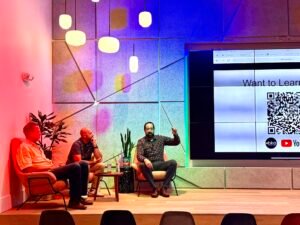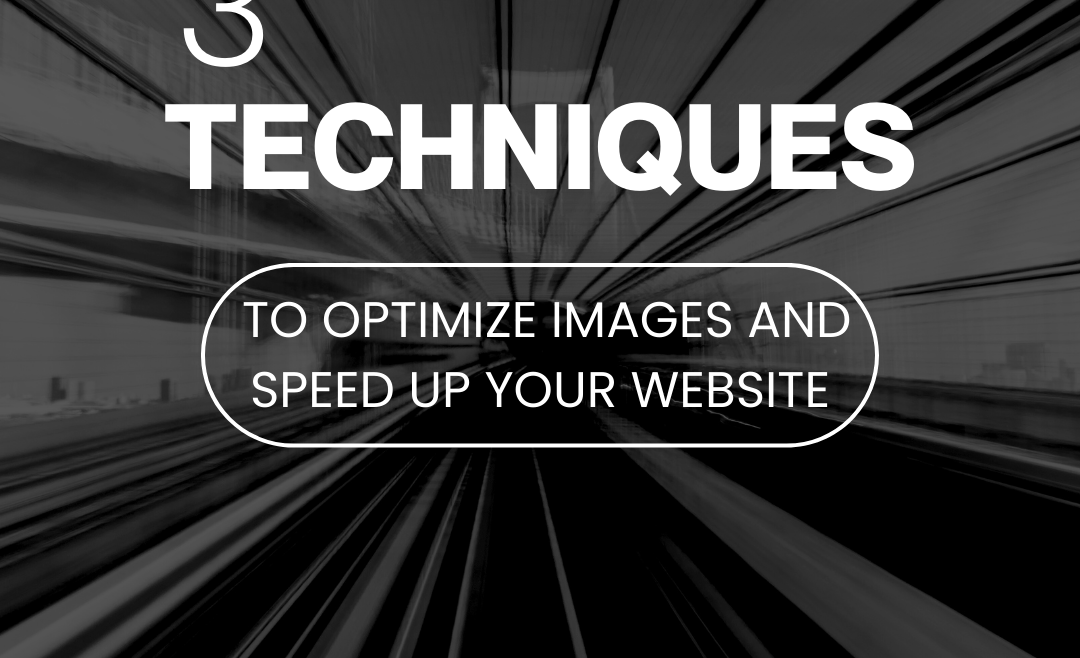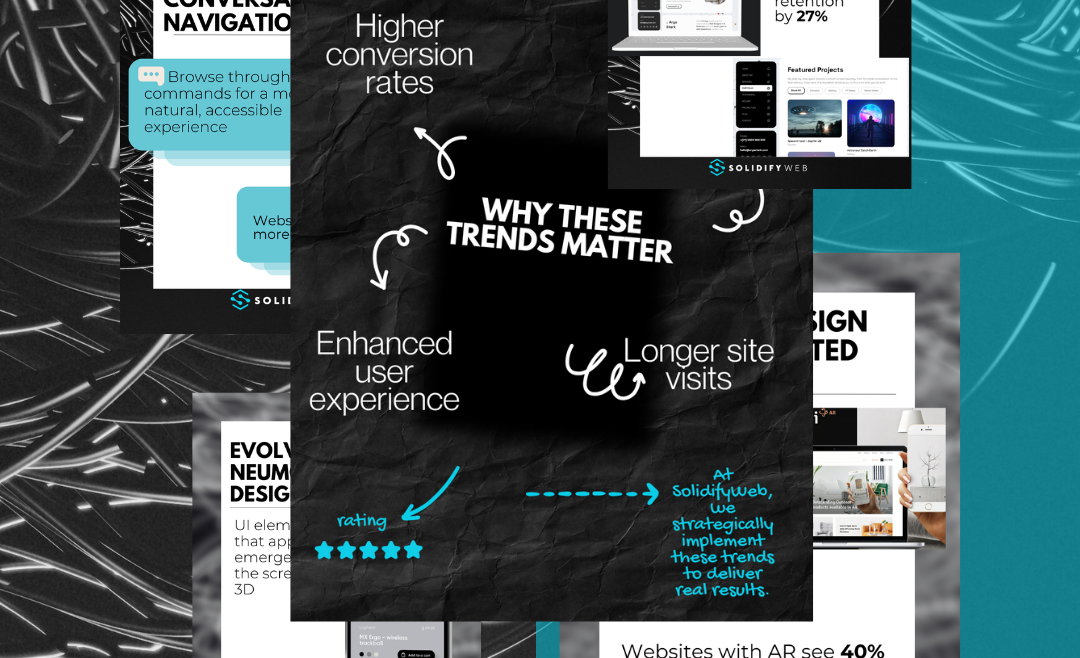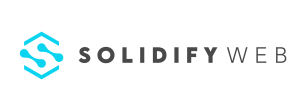Choosing the Right CMS: A Guide to Boost Your Business Growth
Choosing the Right CMS: A Guide to Boost Your Business Growth
Choosing the right Content Management System can make or break your digital strategy. Many businesses settle for popular platforms like WordPress or Webflow without considering how a tailored CMS impacts long-term business growth. In this guide, you’ll learn how selecting the ideal CMS for your needs strengthens your online presence and drives measurable results. For additional insights, check out this guide.
Importance of the Right CMS

Finding the perfect CMS can be a game-changer for your business. It affects every part of your digital strategy, from online presence to business growth.
Impact on Digital Strategy
Your CMS choice can define how your digital strategy unfolds. It’s not just a tool; it’s the backbone of your online activities. A well-chosen CMS aligns with your goals, ensuring that each piece of content supports your objectives. Picture a scenario where your marketing team can easily update the site without needing a developer. This flexibility allows for quick adaptations to market trends, keeping your business agile and competitive.
Enhancing Online Presence
A strong online presence hinges on the right CMS. It enables you to build a site that reflects your brand’s identity and engages visitors. A platform like WordPress offers numerous themes and plugins, allowing you to craft a visually appealing and functional website. Think of your CMS as the stage where your brand performs. A well-crafted site not only attracts but also retains visitors, turning them into loyal customers.
Driving Business Growth
When your CMS supports your business processes, growth follows naturally. It can streamline operations, reduce costs, and open new revenue streams. Imagine a CMS that integrates seamlessly with your CRM, providing valuable insights into customer behavior. This integration can lead to more personalized marketing efforts, ultimately boosting sales. The right CMS doesn’t just maintain your current operations; it propels your business forward.
Comparing Popular CMS Platforms
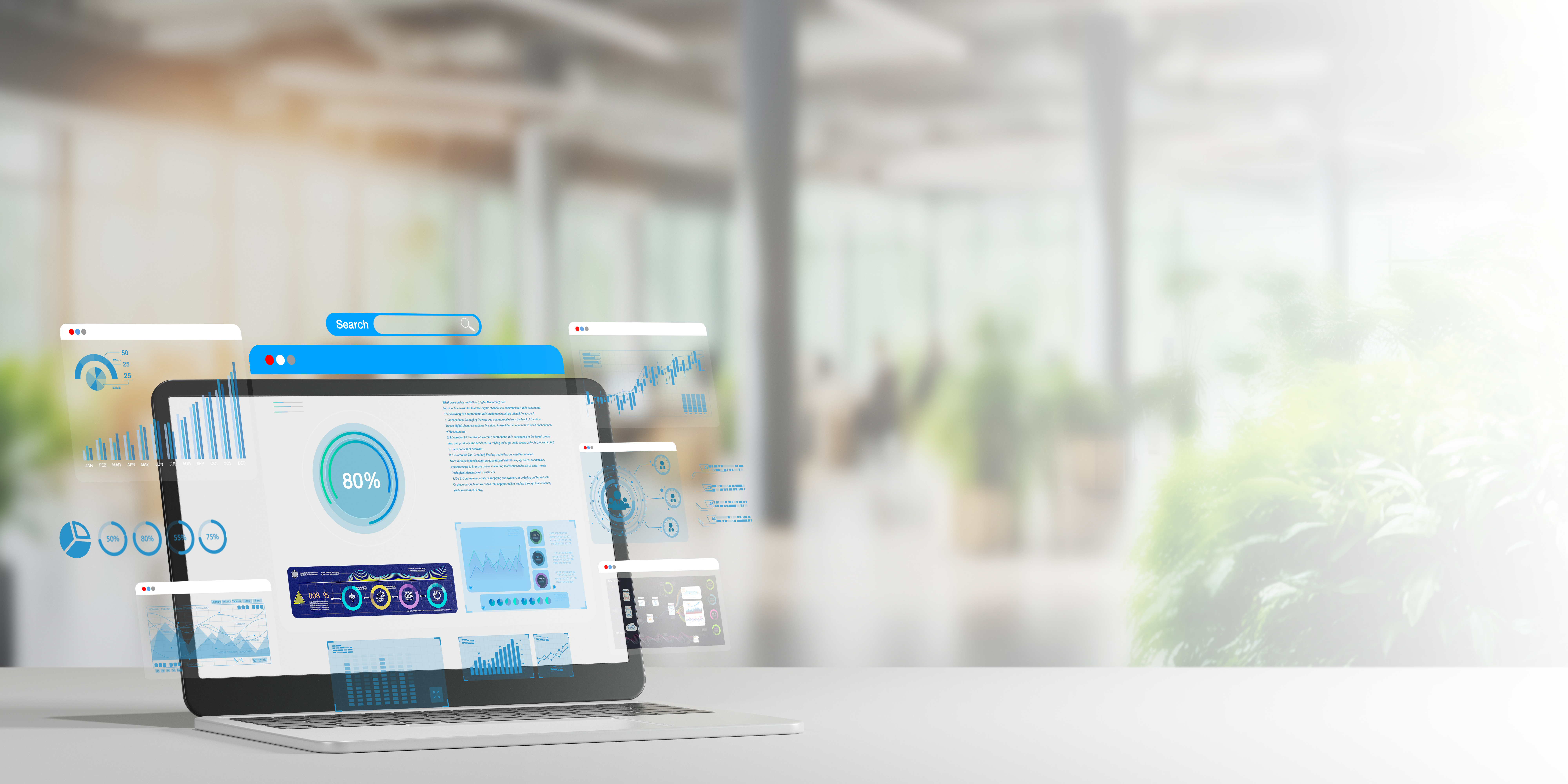
Choosing a CMS from the array of available platforms can be daunting. Let’s explore two popular choices and how they can serve your business needs.
WordPress for Business
WordPress stands out due to its flexibility and user-friendly nature. It supports a wide range of plugins that enhance functionality. With over 40% of websites powered by WordPress, it’s a trusted choice for businesses of all sizes. For small businesses, it offers an affordable way to manage online content with ease. Its extensive library of themes lets you customize your site to match your brand without needing deep technical skills. Learn more about decision-making for CMS here.
Webflow Features and Benefits
Webflow provides a design-centric approach, bridging the gap between creativity and functionality. It’s perfect for those who want more control over design without coding. Webflow’s visual editor allows you to build responsive sites efficiently. This platform is ideal for businesses that prioritize unique and custom designs. By leveraging Webflow, you can ensure that your website stands out in the crowded digital space, offering a smooth user experience.
Choosing the Right Fit
How do you decide between these platforms? Consider your business goals and technical capabilities. WordPress might be better for those who need extensive plugin support and community resources. In contrast, if design flexibility and a unique look are more crucial, Webflow could be your go-to. Weighing these factors ensures that your CMS aligns with your strategy and growth plans. Check out this guide for more tips on selecting the right CMS.
Tailored CMS Solutions

Beyond popular platforms, tailored CMS solutions offer unique advantages. They provide customization, scalability, and efficient content management.
Benefits of Customization
Custom CMS solutions let you adapt to specific business needs. Unlike off-the-shelf platforms, a custom CMS grows with your business. It offers the flexibility to modify features as your business evolves. This adaptability means you can integrate new functionalities without overhauling the entire system. Custom solutions can cater to niche markets, ensuring your site meets precise requirements and enhances user experience.
Scalability for Enterprises
Enterprises need systems that scale effortlessly. A tailored CMS can handle increased traffic and data without compromising performance. It supports complex workflows and integrates seamlessly with other enterprise tools. For instance, a growing e-commerce site can benefit from a custom CMS that manages inventory, sales, and customer data efficiently. This scalability ensures that as your business expands, your CMS keeps pace, maintaining smooth operations. Discover how to choose a CMS for scaling enterprises here.
Streamlining Content Management
Efficient content management is crucial for maintaining a strong online presence. A custom CMS simplifies content updates, ensuring your team can make changes quickly. This efficiency reduces bottlenecks and allows for consistent content flow. Imagine a CMS where your marketing team easily schedules posts, images, and videos without waiting for developer support. This autonomy empowers your team to focus on strategy and creativity rather than technical hurdles.
To sum up, selecting the right CMS is pivotal for your digital success. It impacts strategy, presence, and growth, making it a decision not to be taken lightly. Whether you opt for a popular platform like WordPress or Webflow, or a custom solution, each has unique benefits to offer. Prioritize your business needs, and you’ll set the foundation for a thriving digital future. For more insights, visit the CMS selection guide.


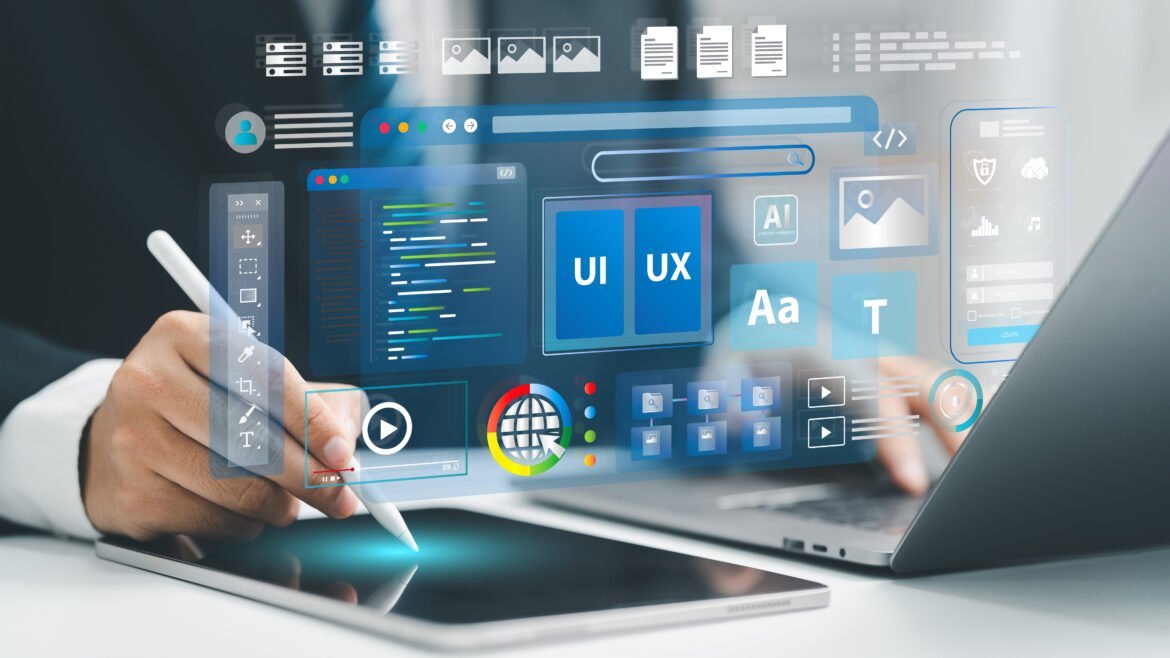
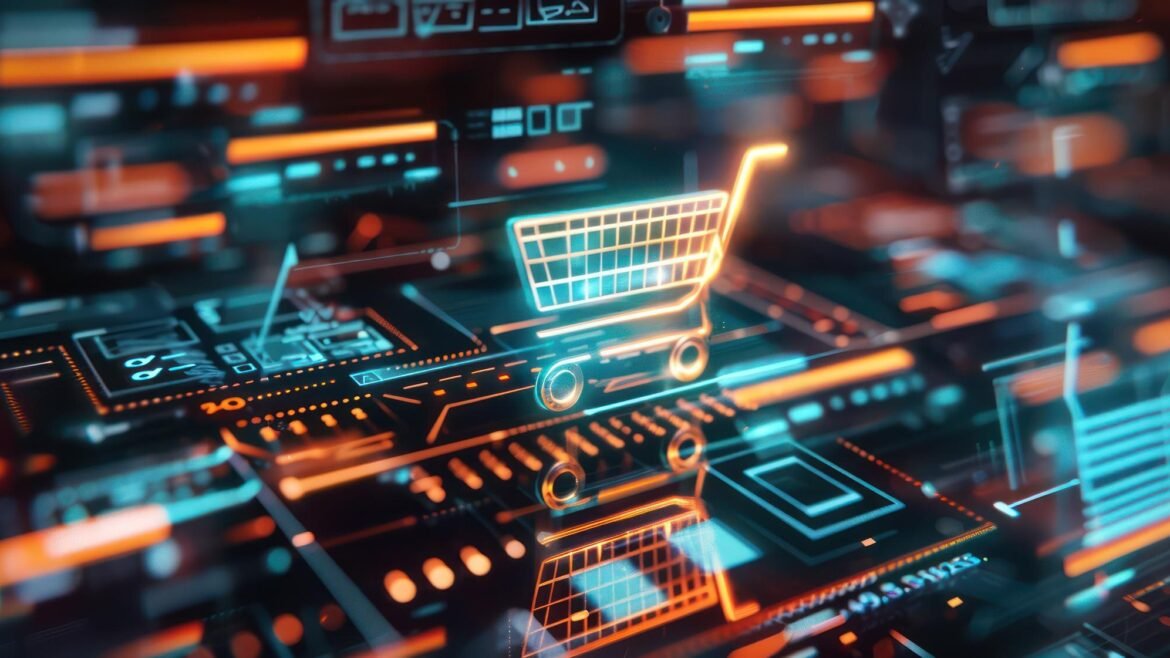
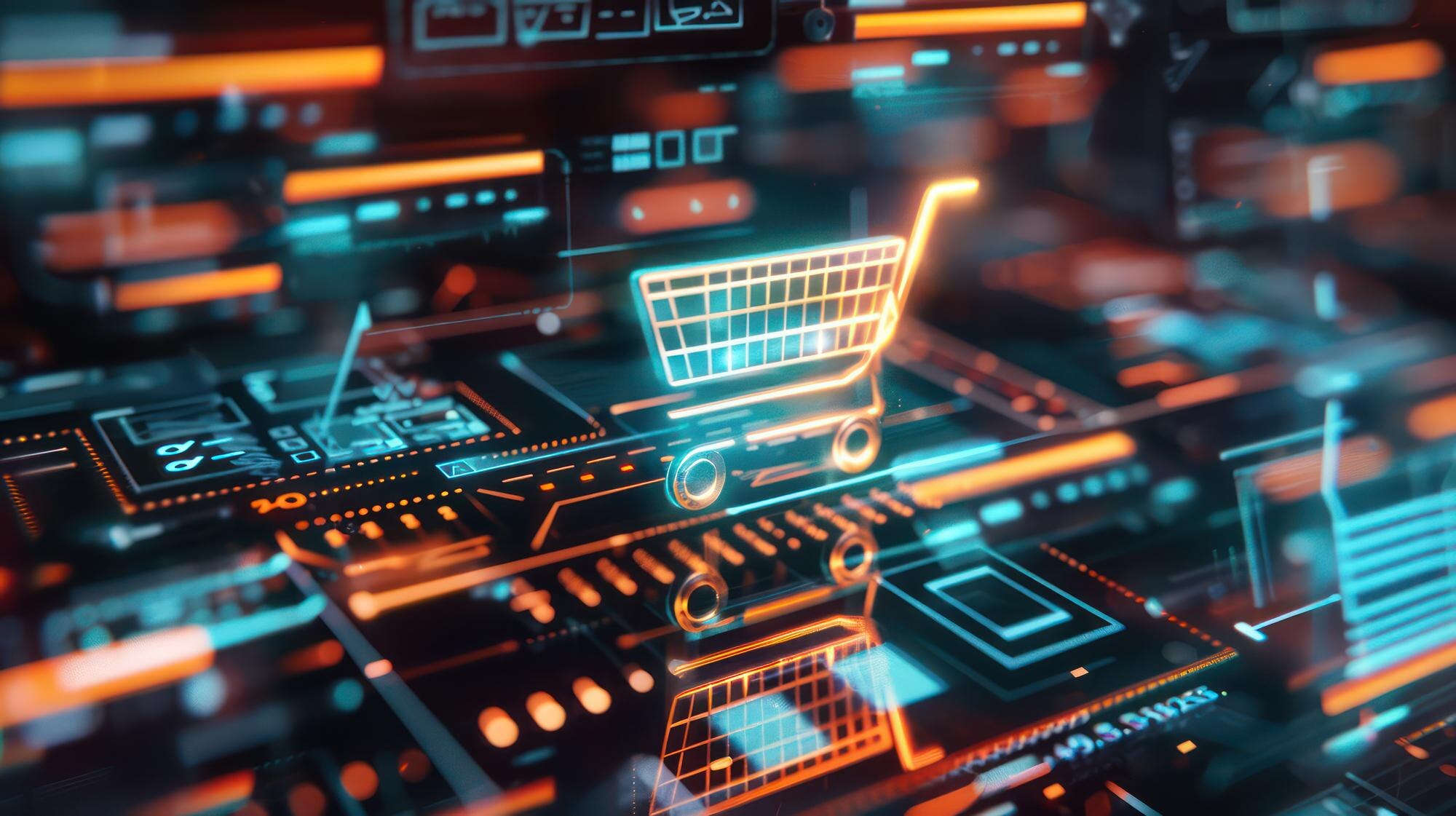


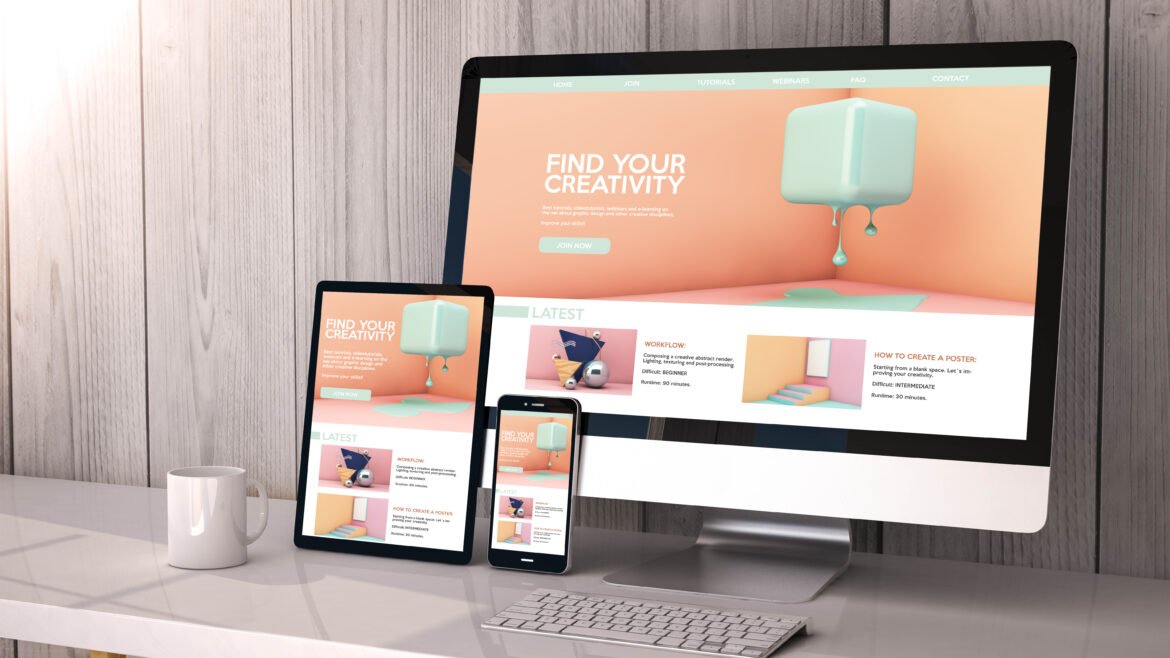
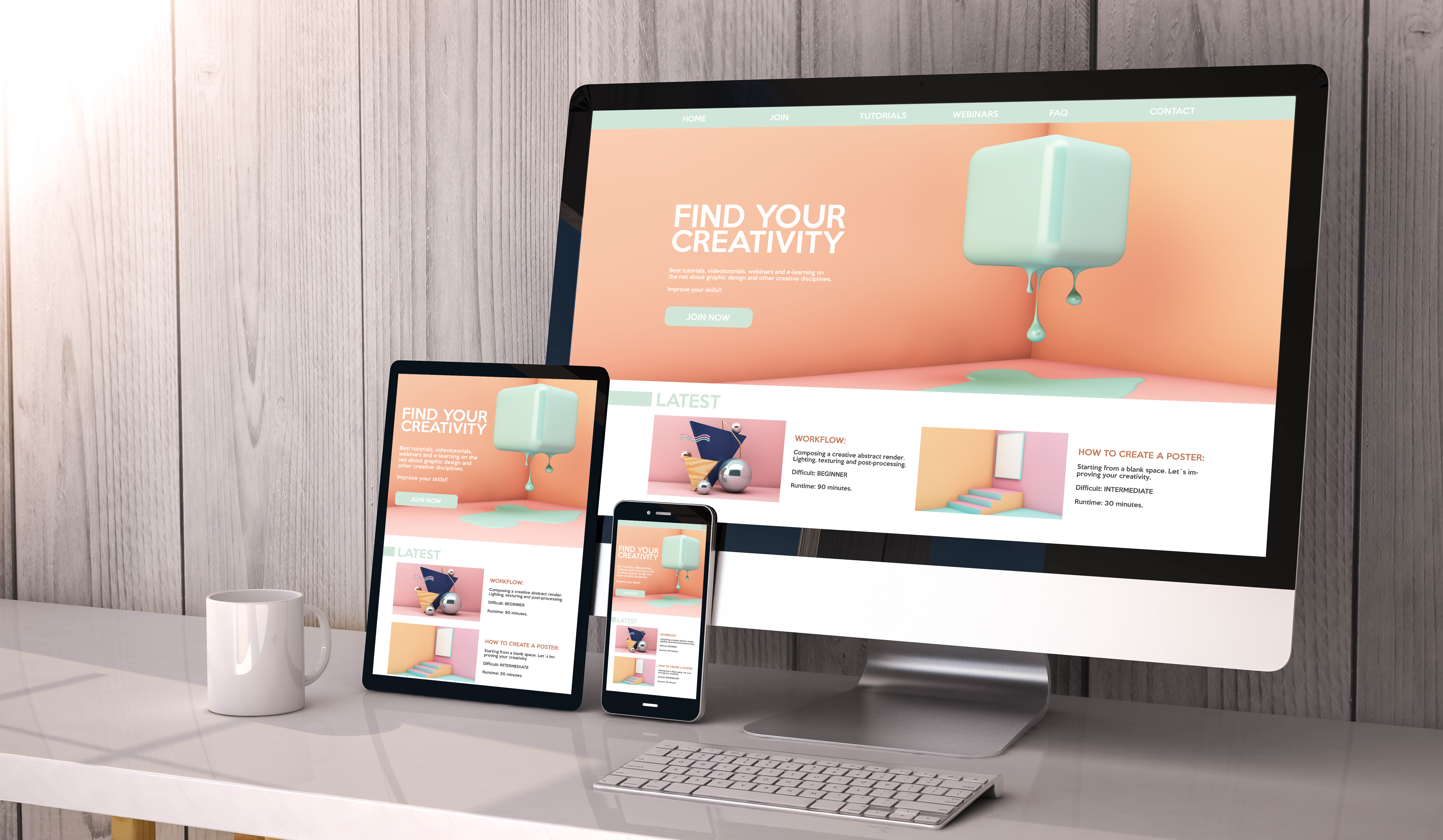
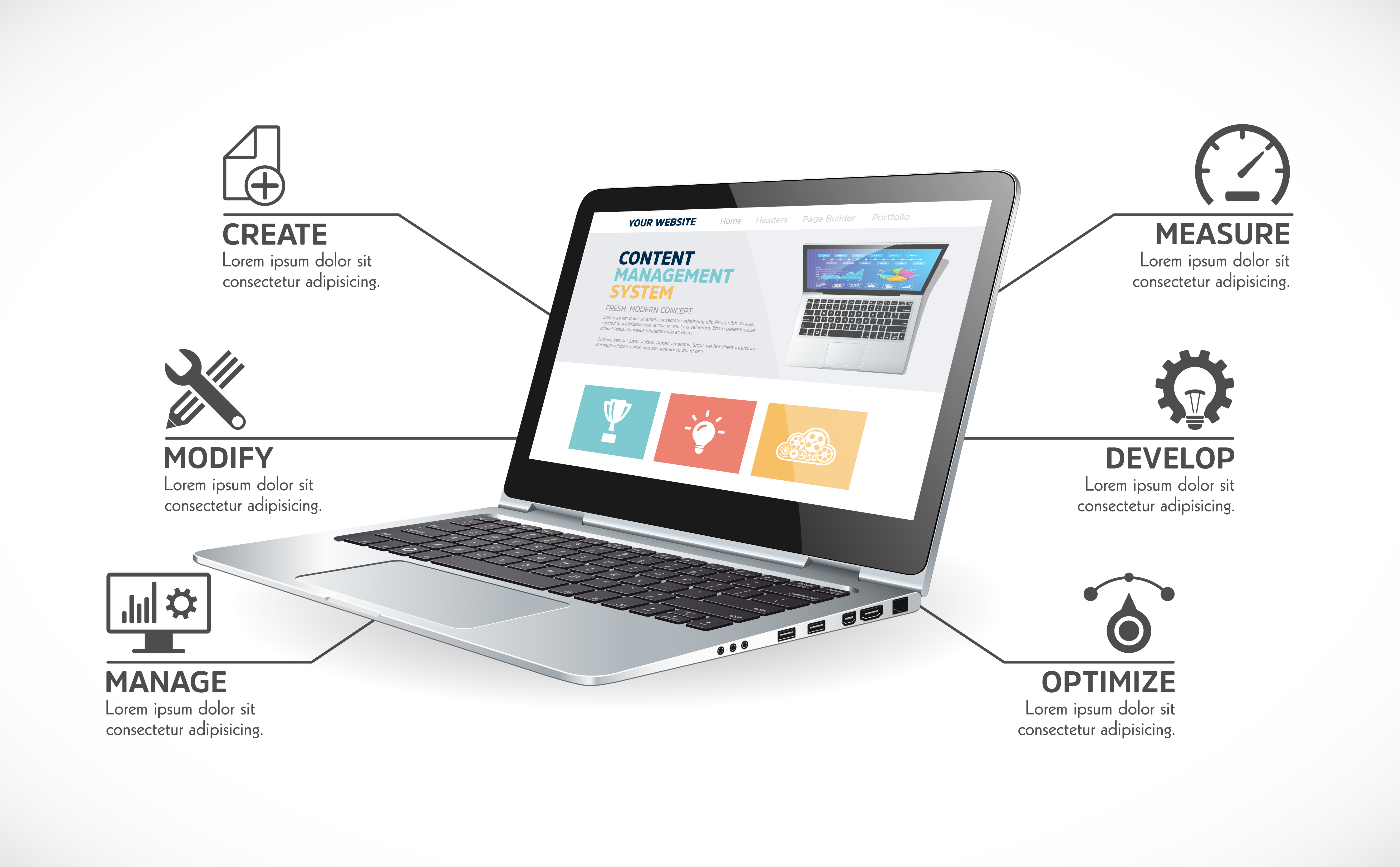
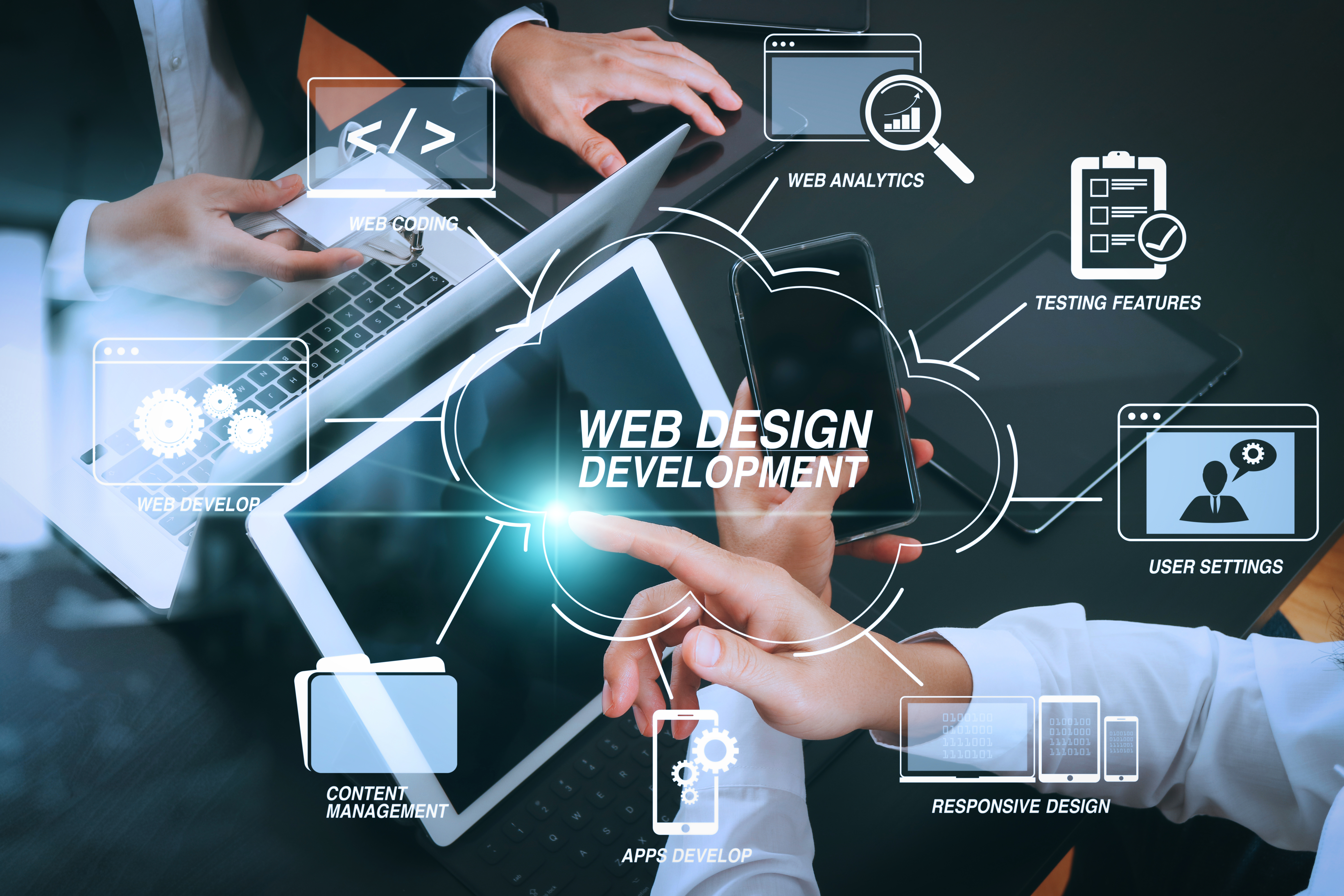




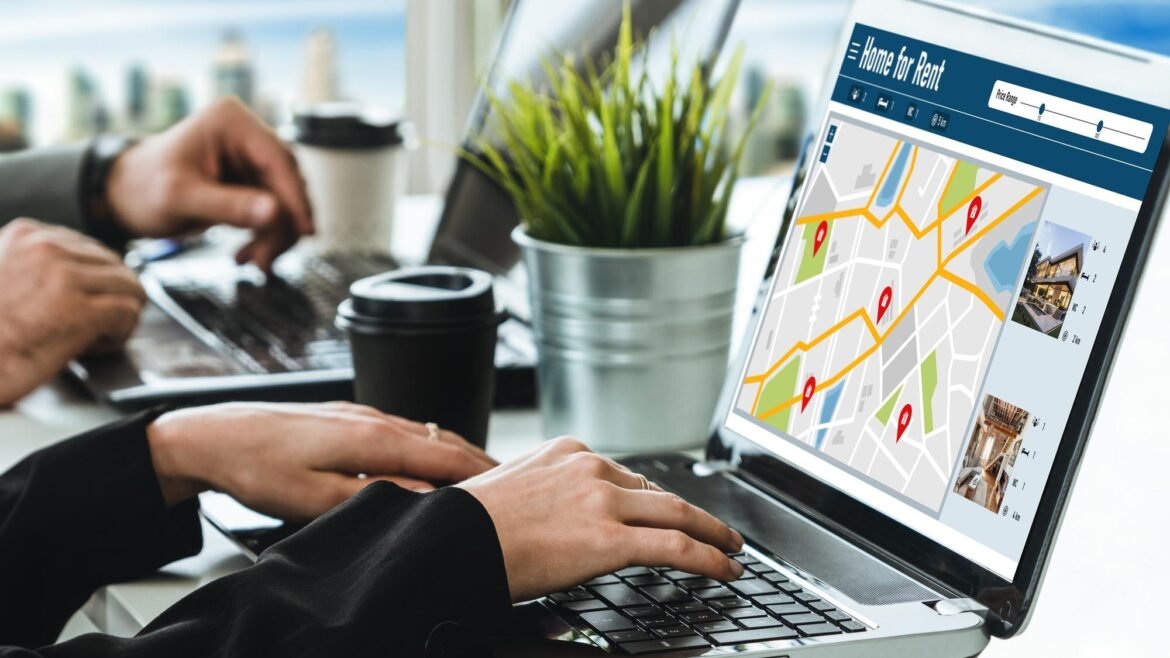
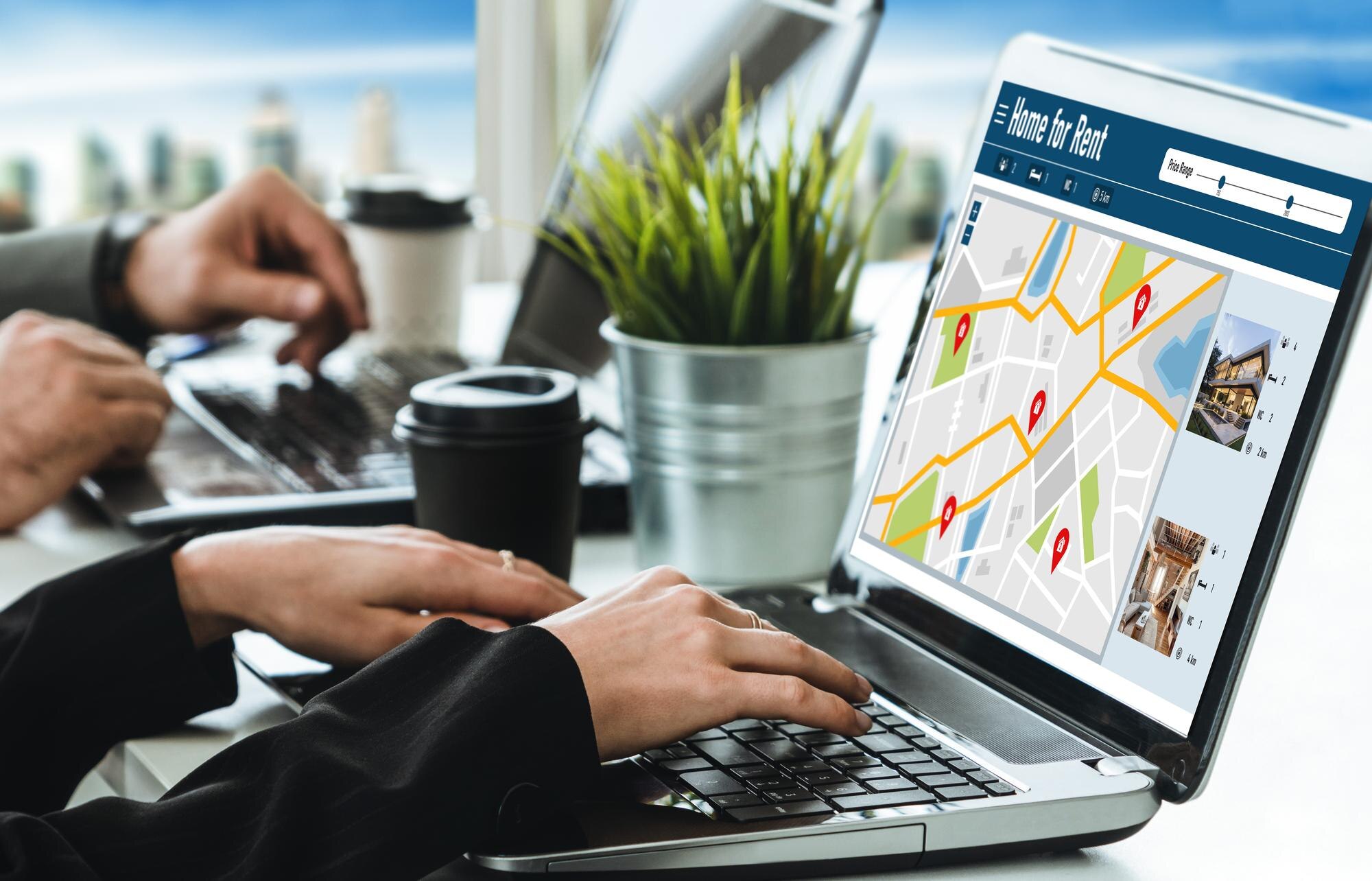
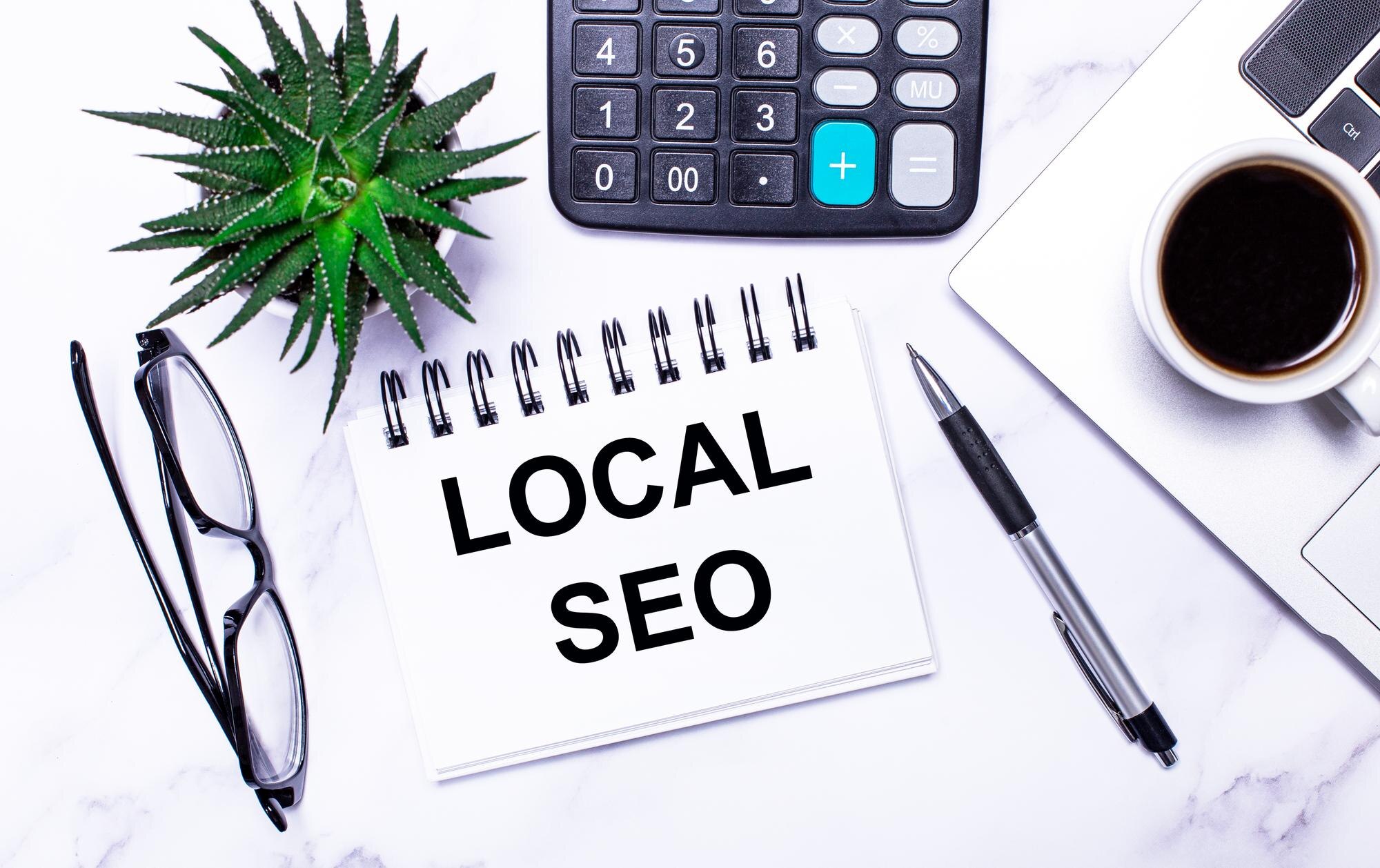
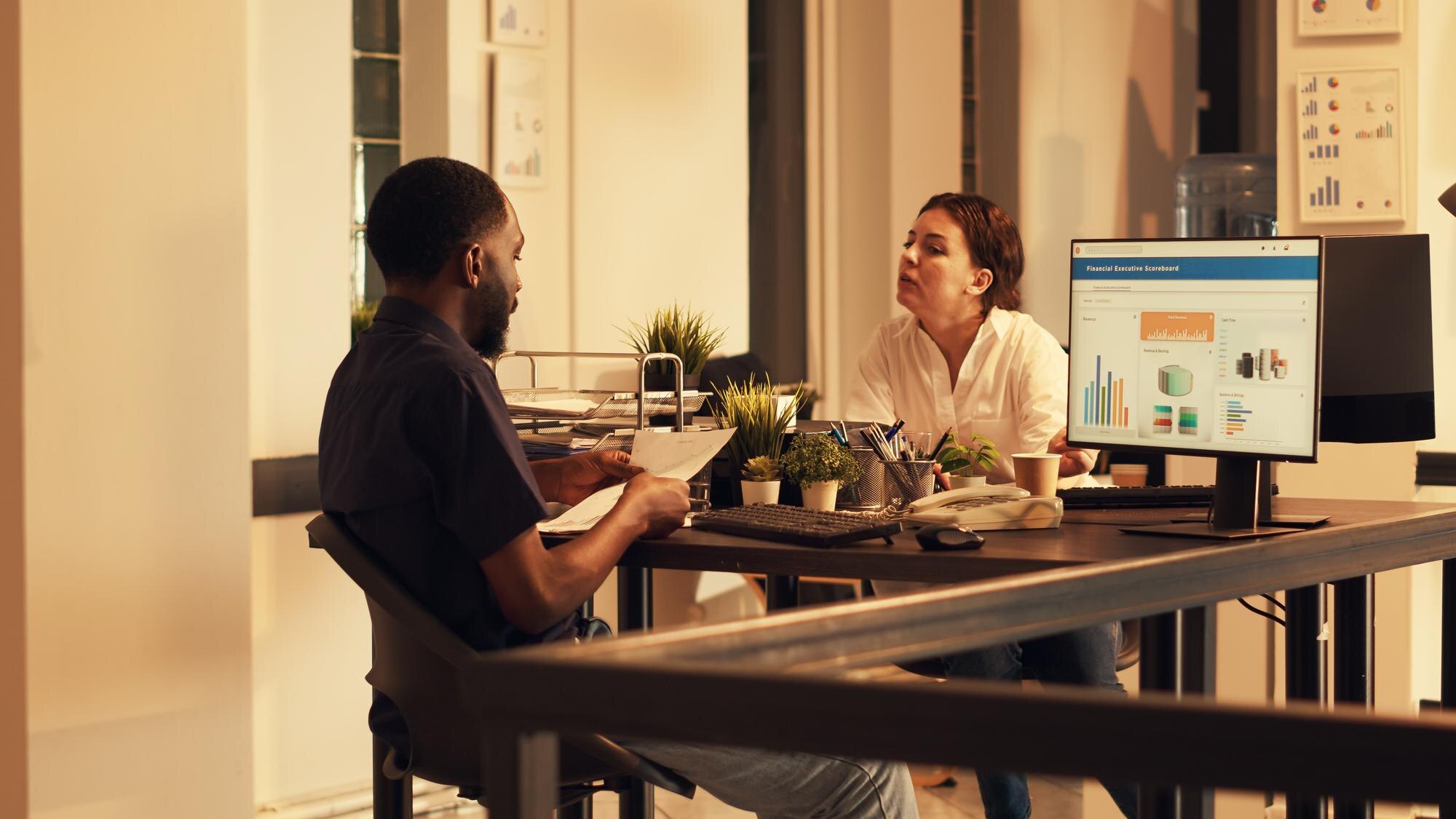


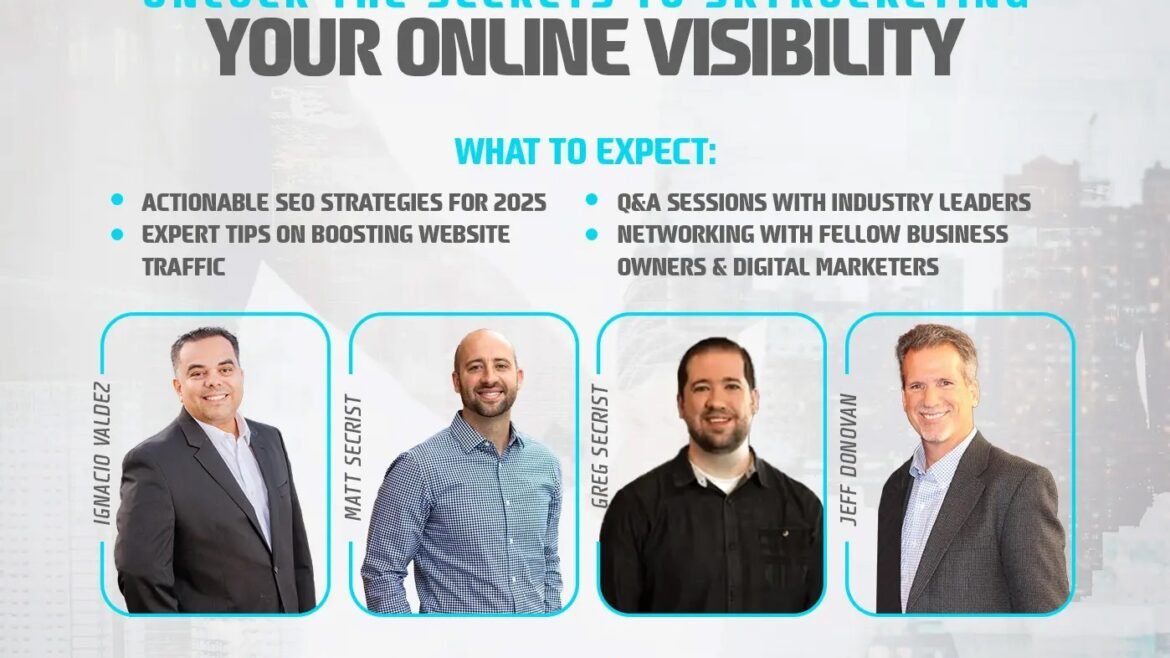
 Ignacio Valdez: Understanding User Behavior Behind Google Searches
Ignacio Valdez: Understanding User Behavior Behind Google Searches